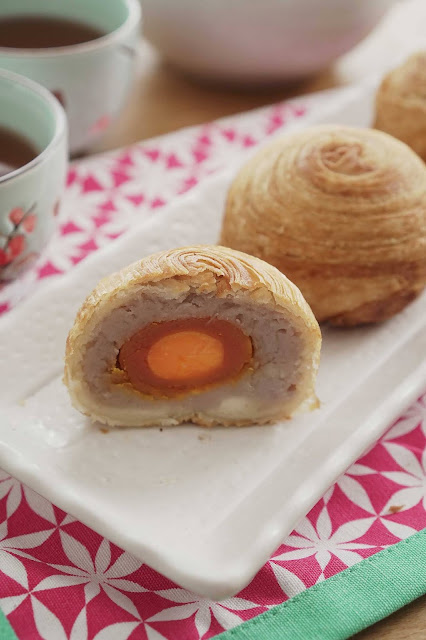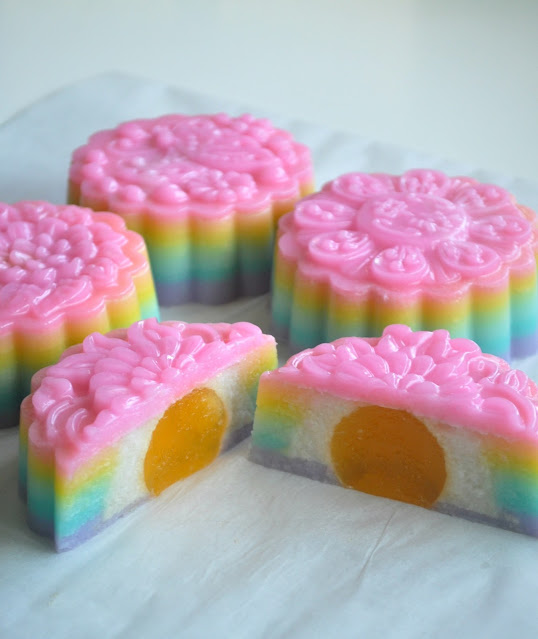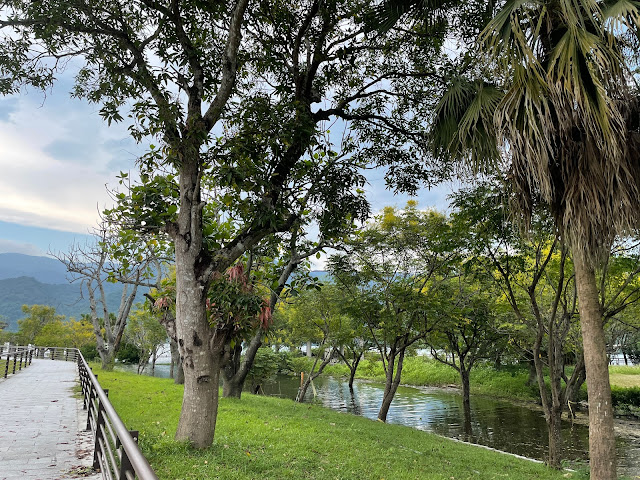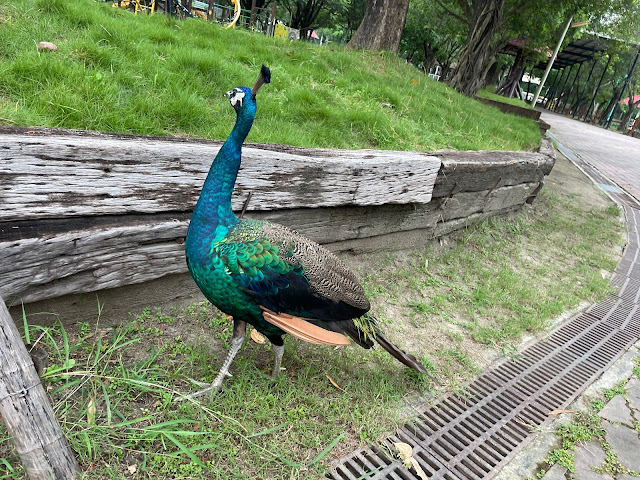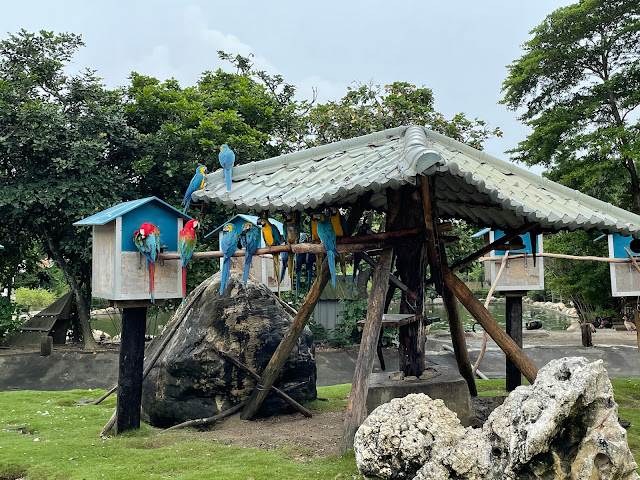Selling cakes or any other food-related business can have its ups and downs. On one hand, I can partially control when I want to bake and take time off. If it's busy, I can refuse orders to give myself some rest. But there are also times when there are no orders and no income, like during the three-month-long lockdown in Taiwan. During those times, I worry not only about the lack of income (fortunately, my husband has a job), but also about ingredients that can't be stored for a long time. Cheese, in particular, poses a problem because I can't sell cakes if I have it in storage. Since everything reopened, people have started ordering again, but for the past month, I haven't been able to buy cheese, and nobody knows when the shipment will arrive.
Sometimes, my customers tire and annoy me. I never know what to expect from people. Some people book cakes and forget to pay, which is okay, as I'll just earn less. Some ignore reminders or cancel orders, while others promise to pay right away. However, "right away" sometimes takes several hours, or it simply doesn't happen at all. Sometimes, I'm short on time, especially in the evening when I need to bake for the next day, but I have to wait for someone to make the payment.
There have been times when people wanted to pay upon picking up their cakes, and we agreed on it. However, they didn't show up or respond to messages or phone calls. I don't want to be left with cakes that will be difficult to sell, but I also don't want to lose money. Now, I only bake after receiving payment, which not everyone likes. But if someone wants to order ten cakes and doesn't want to pay upfront, I'm sorry, but that's too much risk for me to take. How lucky can I be to sell the cake that was left? Some people ask for cakes that are already in stock, but when I offer them one, they say it's not the flavor they want and don't buy it. Nonetheless, my information is pretty clear that orders need to be made two to three days in advance. You can't expect me to have a hundred cakes for you to choose from at any time of the day or night. It's not a factory.
For Taiwanese people, being late is quite normal. I always mention the pick-up time to ensure I'll be available (with an extra 20-30 minutes in case someone is early or late). However, I can't be available 24/7. Cakes don't bake themselves, and ingredients don't magically appear at my home. I still need to take my child outside to play, shower, and put him to bed at night. But people only want to come when it's convenient for them, not during the times I said I'm available. Interestingly enough, the people who don't follow the agreed-upon timing are usually mothers themselves. About two years ago, when Adrian was napping, and I was in the middle of baking, a mother came to pick up her cake. It was totally outside the designated pick-up time, and she didn't even send a message earlier. Her excuse was, "because my baby just fell asleep." Well, my baby was sleeping and left alone at home for several minutes, but apparently, that wasn't important to her. Those several minutes could have caused my cakes to burn in the oven. Some cakes require constant stirring to prevent them from burning. I also encountered a situation where a girl messaged me at 2 PM, asking if she could order a cake and pick it up at 5 PM.
Several times, people didn't come on the day they chose. Some people book a month in advance, and I understand that unexpected things can happen that prevent them from being there. I wouldn't be angry about that. However, lately, people have been making me furious. About two weeks ago, someone booked cakes for Friday (our weekend off), but they didn't come and didn't answer my messages. As it was getting late, I told them they could only pick up until 9 PM because I needed to put my child to sleep. They promised to come the next day before noon. However, on Saturday afternoon, there was still no message from them, and they didn't show up. I had to remind them again, and I wasted the whole day waiting when it was the only day I could go shopping usually.
During this long weekend, there was an even worse story. On Saturday night, I received an order from someone, and we clearly stated that they could only pick it up on Monday or Thursday. They agreed to pick it up on Monday. We sent a message stating that payment needed to be made by 2 PM the next day. However, the payment didn't come, so I told them I had to cancel the order. They said they would rush to make the payment. An hour later, the payment was finally made, and I baked the cakes. Monday came, and everyone had already picked up their orders, so we reminded them to come that day because we wouldn't be available until Thursday. They informed us that they wouldn't be back until Tuesday night and asked if they could pick up the cake at 6 PM. I don't know which part of the message wasn't clear, stating that we weren't available on that day. 🤦 I was extremely angry at that time. I couldn't understand how they knew they wouldn't be there the next day but still chose that date. They weren't happy that they couldn't pick up the cake when they wanted to, or that we couldn't store it in the freezer for them (we only offer refrigerated cakes). In the end, they asked someone else to pick up the cakes that night. Just today, they left a one-star review stating, "I won't buy anymore." Well, I'm happy. I didn't want to sell to them anymore either. We posted the
whole story on our Facebook page and were happy to see how many people commented and supported us!
I always worry about getting bad reviews, but there have to be some rules.



















